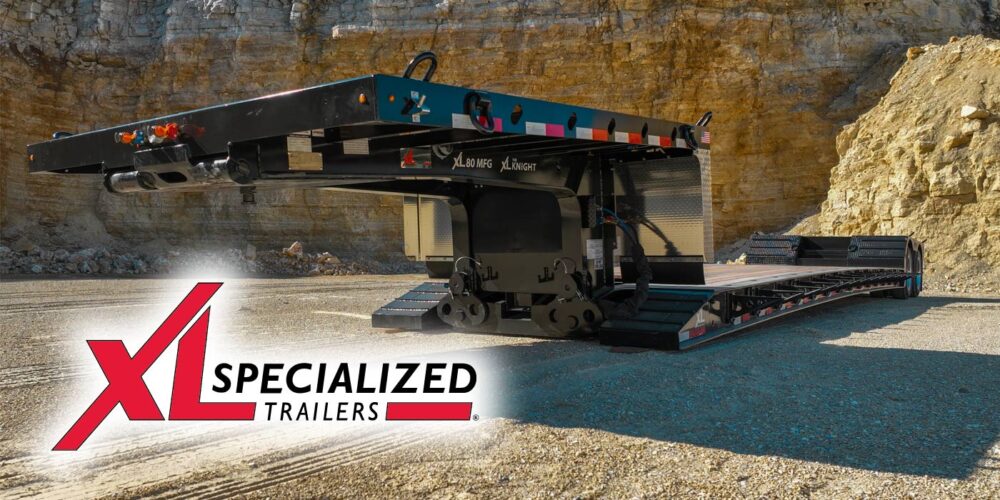Defining underinflation seems like a simple enough question, and it actually is simple if we’re talking solely about passenger cars or light-duty trucks. The answer for these vehicles is easily found in the owners manual under the alphabetical index labeled “tires.” Easier yet, all new cars/light trucks manufactured in the last three or four decades are required to be labeled with the recommended tire size and inflation pressures on a placard typically placed on the left front door jamb or inside the flip out fuel filler door. This is not the case, however, for Class 5-8 highway trucks.
These working freight haulers are used in a wide variety of service conditions, carry loads ranging from steel coils to feather mattresses and anything in between. Also, a mere five popular tire sizes are employed to outfit approximately 90% of this wide array of vehicles. This limited number of tire and wheel sizes helps to maximize vehicle flexibility, simplify purchasing, inventory, maintenance, in-route servicing, retreading and even final disposal. A wide range of gross vehicle weight ratings (GVWRs) are covered, but more importantly, a vast diversity of loads, service conditions and vehicle configurations are addressed with this small number of tire/wheel sizes and load ranges.
One noteworthy point is that the sidewall stamping for passenger and light truck tires is stated as a “maximum load rating at a maximum inflation pressure.” Medium and heavy truck tires, on the other hand, are stated as maximum load ratings at an accompanying (but not maximum) inflation pressure. Load ratings for these tires may be changed primarily for certain speed restrictions; but, more importantly, inflation pressures may be adjusted, both up or down, when actual loads being carried are different from the loads shown on the tire sidewall stamping. These basic ratings and a number of permissible adjustments for actual service conditions are standardized. Therefore, all tires of a given size designation have the same ratings regardless of manufacturer, by the Tire and Rim Association (TRA). Essentially, a sliding scale showing actual service loads with accompanying minimum cold inflation pressures details the basis for establishing minimum required inflation pressures. In many cases, these values may be significantly different from those shown on the tire sidewall stamping.
The bottom line here is that determining the proper inflation and therefore, defining whether the tire is over or under inflated, is only possible by knowing the actual load and service conditions. Note also that actual truck tire loads are usually different by axle. While it is normally assumed that loads are equally distributed side-to-side, it is necessary to obtain individual axle weights, and then consult the TRA tables to determine whether or not a tire is under or over inflated.
One other complication is that the TRA tables are expressed in “cold” pressures, which is normally defined as approximately 65 to 70 degrees F. It is normal for truck tires in linehaul service to increase pressures from heat buildup approximately five to as much as 20 psi over “cold” conditions. This buildup varies primarily with speed, load, ambient and road surface temperature. Therefore, the most accurate inflation pressure checks are pre-trip or after the tires have been at rest for two hours following use at highway speeds. Some fleets have determined an accurate cold to hot pressure relationship based on vehicle types, service conditions, especially typical axle loads, speeds and other variables. However, this information would not be known to in-route service providers or inspection personnel.
There is no accurate way to define underinflation based on the truck tire sidewall stamping. A number of other variables discussed above must be considered for an accurate definition.
Knowledgeable tire manufacturers are able to assist in the determination of optimum inflation pressures to assure safety, maximize tread life and to obtain casing longevity for multiple retreads.
This column appeared in the February 2014 edition of Fleet Equipment. You can read the entire issue on your phone or tablet by downloading the Fleet Equipment app.














